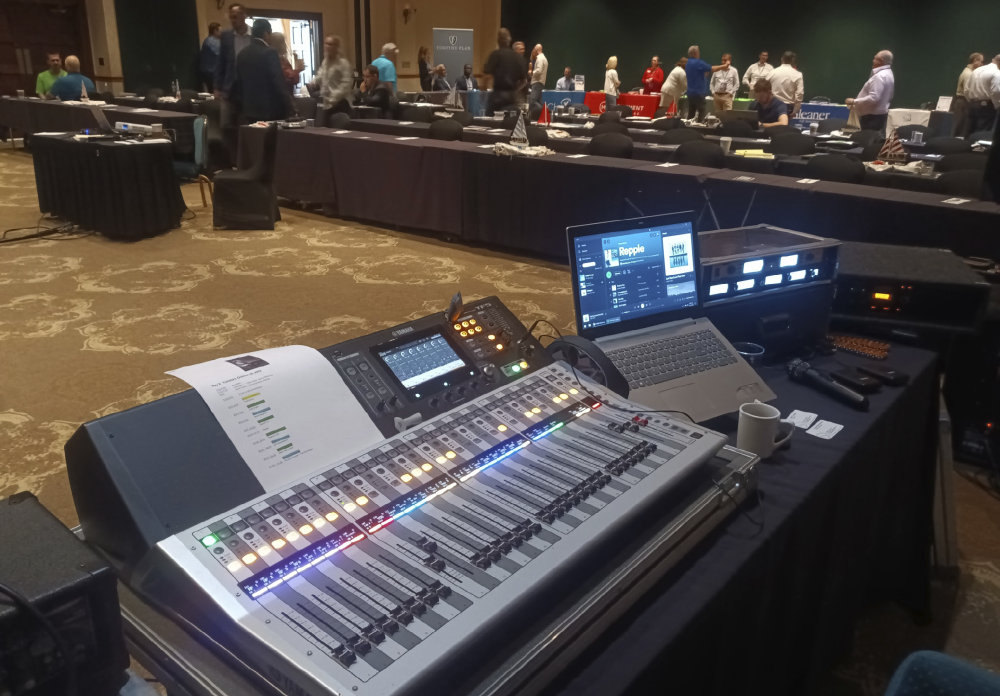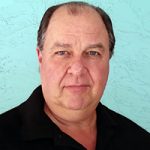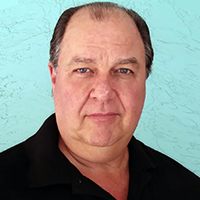The venue was a conference room in a relatively small but very nice golf resort in central Florida. I was hired last year by this client for the first time to provide equipment and engineering for this annual three-day event of roughly 250 attendees, plus a handful of vendor exhibits.
The organizer is very hands-on and, although he’s demanding, he’s pleasant to deal with. I charged a respectable day rate for me and my equipment, and the client provided meals and a room. I supplied a maximum of six wireless channels – four handheld and two lavalier microphones, although last year and
this year they only used two.
There was no live entertainment last year, but they threw a curve ball at me this year – a small ensemble with a couple of guitars, a bass, a keyboard, drums, and four vocalists. I only found out about it as I was setting up (“Oh, by the way…”).
There was no time for rehearsal or sound check. They arrived, plugged in, I pushed faders up, and we got what we got. You can imagine how that turned out.
Fortunately, the drums didn’t need mics in this small, confined ballroom. If anything, they needed a drum shield, but there wasn’t one available. The drummer had to back it way down. It’s a good thing that I came with extra mics, mic stands, DI boxes,and cables… just in case.
Most of the presenters preferred to stand on the floor in front of the stage, which is only about two feet high, and they all had a tendency to roam and walk in front of a main loudspeaker with a live mic. I routinely run a stereo setup specifically for this purpose so that I can pan off a loudspeaker when a presenter walks in front of it, thus avoiding feedback.
Last year, the main loudspeakers were located on either side of the stage, but this year, I located them on either side of the room, and it worked out well. Front of house (the tech table) was located on the side of the room opposite the entrance from the foyer, near the stage. I could roam the room as I listened, making any necessary adjustments with my iPad connected wirelessly to the console.
Tools Of The Trade
I deployed my personal equipment for this event, which really doesn’t require a lot. For the general session: a single power amplifier, two point-source loudspeakers, a pair of subwoofers, up to six wireless channels for microphones, and my Yamaha TF5 console.
The room isn’t large enough to justify delays, so I just used the pair of point-source loudspeakers for mains. The subs are for walk-in/walk-out music and video playback.
Last year and this year, the client had a dinner banquet in an off-site nearby location, requiring only a small powered analog mixer, a couple of passive point-source loudspeakers, and a couple of hardwired mics for presenters. All of the gear fits into my six-foot enclosed trailer, which I tow behind my SUV.
I have an entire day prior to the event for setup, so I handle it myself without hiring stagehands. (Not bad for a 65-year-old.)
Let’s talk about inputs and outputs. A TF5 console is definitely overkill, but it’s what I have. A TF1 would do the job with inputs to spare. However, one must admit that the TF5 just looks more impressive to a client. My input list as it appears on my console from left to right:
- RF1 (handheld)
- RF2 (handheld)
- RF3 (handheld)
- RF4 (handheld)
- RF5 (lavalier)
- RF6 (lavalier)
- Lectern DI for laptops, cell phones, and musical instruments. By the way, I do distinguish between “lectern” and “podium” – a lectern is something that you stand behind, while a podium is something that you stand on. (Probably just my OCD showing.)
- Video projector DI. Why would I take audio from the video projector? Many of the presenters used a Microsoft Surface to connect to the video projector for displaying PowerPoint slides and videos, and the Surface has no separate audio output port. The HDMI carries video and audio to the prosumer
projector that was provided, and the projector does have an audio output port. - Front of house laptop DI for walk-in/walk-out music.
- VOG (“Voice of God”) mic, which I routinely have in case there’s an emergency announcement that must be made such as an evacuation because of a fire alarm or something of that nature. I’ve never had to use it but I always have it available. It’s usually a hard-wired Shure SM58.
That’s it – 10 inputs total. Last year, I had wedge monitors on the stage, but since most of the presenters didn’t even use the stage, I didn’t deploy them this year, and except for the one ensemble performance, they weren’t needed.
Fortunately, the ensemble brought a couple of active floor wedge monitors with them. So I hastily created another aux output for them and then used my best guess to mix it (with headphones). Other than that, the only outputs were to the subs and to the mains (I use aux-fed subs).
Finishing Things Off
Using the console’s internal EQ, I applied a low-pass filter to the sub outputs, filtering out everything above 120 Hz, and the only channels fed to the subs were the laptop and the video projector (plus the bass and keyboard from the ensemble).
I used a high-pass filter (HPF) on the L/R channels for mains, also at 120 Hz, which essentially creates a crossover curve between L/R and subs. Then I created a custom fader layer in order to have all of the inputs and aux outputs on one layer.
I tuned the system to the room with pink noise and an real-time analyzer (RTA), which took all of about 10 minutes. In this case, I didn’t EQ each loudspeaker separately because I’m more interested in what the system is doing as a whole, and neither did I run a stereo signal because I want the same thing coming
from both mains. (I ran an independent mono signal to both mains in order to have the capability of panning a loudspeaker off, as mentioned before.)
In addition, I put an HPF on each mic channel beginning at roughly 120 Hz in order to avoid low-end clutter and “boominess.” (Is that a word?)
EQ was applied initially based on the mic, which provides a good starting point from which to finetune with parametric controls to adjust according to each presenter’s unique vocal characteristics. Sometimes that involves narrowing the frequency to target a specific issue, and other times, it needs a broader approach, done by adjusting the “Q” and “Frequency” knobs.
I built the show file ahead of time in the TF5 offline editor, saving a ton of time onsite. It came with me on a thumb drive, was loaded into the console, and all I had to do is tune the system.
So there’s no famous celebrity involved, and it ain’t what anyone would call “sexy.” Even though it does call for some specialized knowledge, I could do it in my sleep. Plus I got to spend three days at a very nice golf resort in central Florida, and the food was excellent.
One significant factor is that this group is probably the most pleasant I’ve ever worked with, and there’s a lot to be said for that. Overall, I get paid well to play with the toys. It sure beats workin’ for a livin,’ and they want me back next year.















